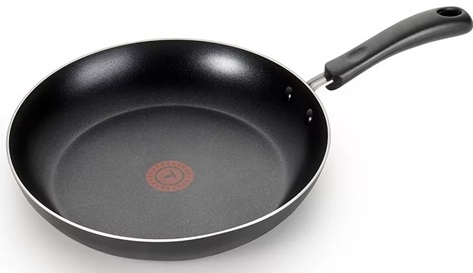Cast your Vote
Posted 3/6/2025
Cast-iron and stainless-steel pans used to be the go-to cookware years ago. These pans have even been passed down from generation
to generation because of their durability. Today, the costs of stainless-steel
pans are becoming prohibitive. Now, more and more people have begun migrating
towards non-stick pans, which is evident by their growing market share... Click Here.

The market is projected to grow from 8.37 billion dollars in 2025 to
13.85 billion dollars by 2032. In the United States, it is estimated that
non-stick cookware accounts for 70% of all cookware sales. Non-stick pans
gained popularity because they require less oil than traditional stainless-steel
pans, weigh less, and are easier to clean. Many find them extremely useful
for quick meal preparation, and they are especially popular in middle-class
households.
However, chemicals used in manufacturing non-stick pans can be toxic. The non-stick coating is made of PTFE (polytetrafluoroethylene), a synthetic fluoropolymer, commonly known by the brand name Teflon. A fluoropolymer is basically a high-performance plastic, resistant to acids, bases, and solvents. A 2021 study from the University of Newcastle in Australia found that damaged non-stick coatings could leach microplastics and PFAS into food... Click Here.
PFAS (per- and polyfluoroalkyl substances) are a group of chemicals that are used in many products and industrial processes. They are also known as "forever chemicals" because they don't break down easily in the environment. Dr. Jane Muncke, Managing Director of the Food Packaging Forum, disclosed that 76 known or potential breast cancer-causing chemicals have come from plastics that found their way into the human body. There are recommendations that damaged nonstick pans be discarded immediately... Click Here.

